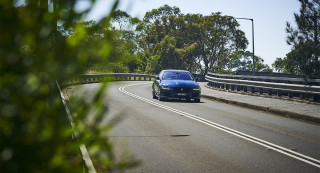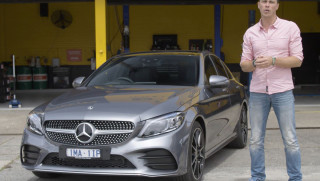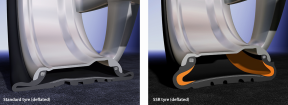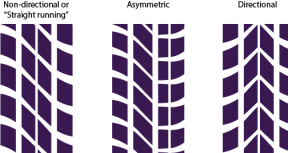What to look for when buying car tyres
Four postcard-shaped pieces of rubber that are asked to transfer every steering, braking and acceleration command to the road. Are they all the same? Your choice of tyres makes more difference than whether your vehicle has electronic stability control. Here's some things to keep in mind when you're considering a tyre purchase:
Tread wear vs grip.
This was an age-old trade-off - tyres tended to either grip well or wear well. These days, a good quality tyres should do both pretty well. This is the biggest difference you’ll likely find between high quality and budget tyres - budget tyres tend to compromise either safety or treadwear, whereas good quality tyres don’t demand the same compromise. If you're asking about the kms that the tyre will do, make sure you ask about the braking capabilities as well.

Quietness
For some drivers this is a massive factor, for others it's not too big a deal - it generally depends on the type of vehicle, what it's being used for and what you value most as a driver. But noisy running on a long drive is fatiguing for the driver and can be frustrating for those in the back trying to hear the conversation. Some tread patterns do a better job of diverting the road noise away from the cabin than others, so if quietness if important, make sure you find out what to expect with the tyres you're considering.
Original equipment.
If you bought your car new, you probably remember how it drove when you took it on the first test drive, took a note of whether it was quiet inside and checked the fuel economy specs. All of these factors – plus acceleration and braking capability – can be changed significantly by the choice of tyres. If you want showroom vehicle performance, ideally replace them with something that is specced for that vehicle.


Runflat/Non runflat
This affects your driving experience, but even more your safety. Cars designed for runflat tyres have very different suspension to cars designed for standard tyres. Stick with whichever option your car was designed for and even more importantly, don’t ever mix the two on the same vehicle.


Tread design.
This is largely often determined by the size you need, so you probably don’t need to sweat this one too much. But in general you can work on the following:
Non-Directional Tyres
These tend to be general passenger style tyres rather than performance tyres. They grip okay and are identical on either side of the tyres so are easy and quick to rotate when the time comes.
Asymmetric Tyres
These mix the best of performance handling and quiet running. They're almost always the choice for newer performance patterns.
Directional Tyres
These tend to be more performance-oriented. They tend to grip very well, but can be a little noisier than asymmetrical or non-directional.